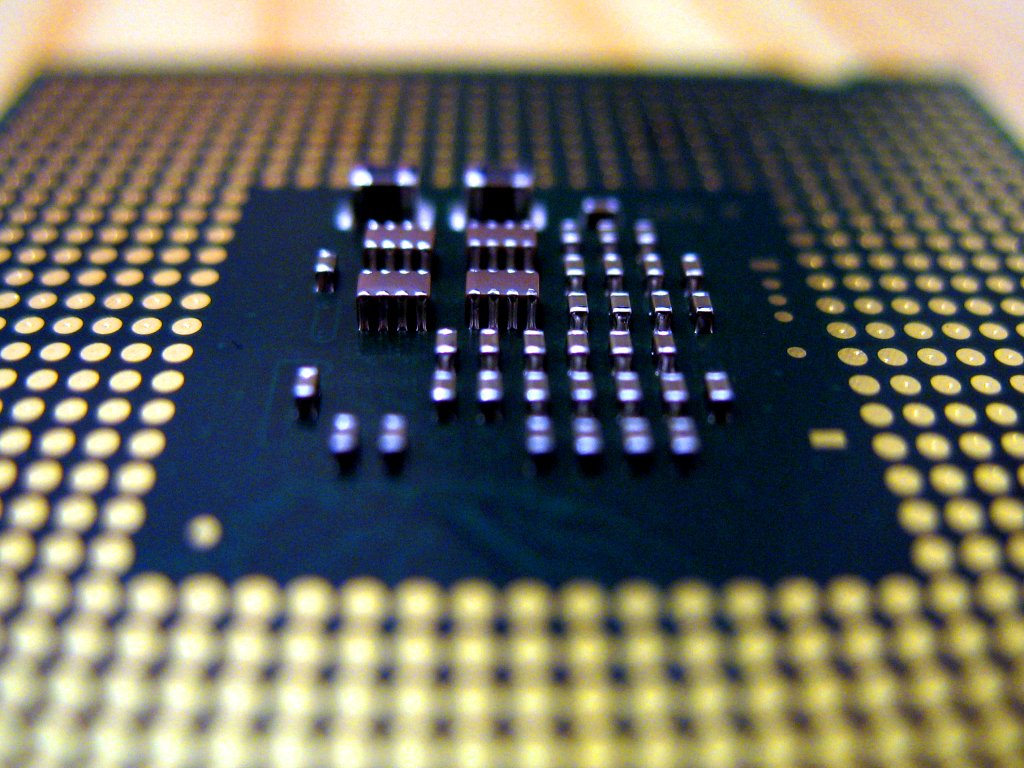
As a cryptocurrency investor, you’ve likely faced a pivotal question: should you sell your coins for quick gains or hold onto them for the long haul? With both strategies carrying their own pros and cons, there’s no simple answer to this dilemma. In this article, we’ll explore various factors that could influence your decision, helping you determine which path aligns best with your goals and risk appetite.
What is HODL?
The term “hodl,” originally a humorous misspelling of “hold,” refers to the strategy of buying and holding cryptocurrencies despite market fluctuations. This phrase traces back to a 2013 post on a Bitcoin forum, where a user shared his commitment to “hodling” his coins during a market downturn. Today, this meme has been embraced by many crypto enthusiasts who believe in the long-term value of their investments.
In contrast, trading involves quickly buying and selling cryptocurrencies, often reacting to market shifts, technical indicators, or breaking news. Traders aim to capitalize on price volatility in the cryptocurrency market, hoping to enhance their holdings through strategic maneuvers and timely decisions.
What can we do between HODLing and trading?
Both trading and hodling come with their own set of advantages and challenges, heavily influenced by your personal preferences, skills, and financial circumstances. Before settling on a strategy, consider essential factors that can shape your choice and investment experience.
Risk vs. Return: Because hoarding involves less time, stress, and effort than trading, it is often seen as a lower-risk, higher-reward approach. HODLers don’t have to be concerned about fees, taxes, market swings, or technical problems that may interfere with their trading. Along with benefits like airdrops, lending, and staking, they also gain from the long-term value of their assets. But there are opportunity costs associated with hoarding as well, as you forfeit the chance to profit from transient price fluctuations. In addition, HODLing puts investors at risk of losing money as a result of theft, hacking, or changes in regulations.
Trading is regarded as a higher-risk, lower-reward strategy because it demands more time, effort, and emotional resilience than simply holding onto investments. Traders must execute transactions, monitor market trends, and effectively manage risk while also navigating taxes, fees, and potential technical glitches. While trading can amplify profits during favorable market conditions, it also exposes investors to greater volatility, leveraging risks, and the potential for human error. Success in trading requires a considerable degree of skill, experience, and self-discipline.

For those with a long-term investment outlook—willing to endure years or even decades before realizing profits—HODLing may be a suitable strategy. HODLers believe in the potential appreciation of their assets over time, remaining steadfast in their conviction despite temporary losses or market fluctuations.
On the other hand, short-term investors who aim to generate profits within days, weeks, or months may find trading more appealing. These traders focus on seizing the current opportunities available in the cryptocurrency market without getting too emotionally invested in its long-term prospects. They strive to maximize gains while mitigating losses and are particularly responsive to price changes.
Individuals with a patient, optimistic, and resilient mindset are often well-suited for HODLing. These investors maintain their faith in their investments despite the ebbs and flows of market volatility and pessimism, resisting the urge to chase after other seemingly attractive coins or to prematurely sell their holdings.
Conversely, a trader’s mindset should be analytical, adaptable, and adventurous. Skilled traders can navigate shifting market dynamics using their intuition and knowledge, allowing them to take calculated risks. They also possess the emotional control needed to adhere to their trading strategies without succumbing to the influences of greed or fear.

Ultimately, the choice between trading and HODLing is deeply personal, hinging on your own resources, risk tolerance, and investment goals. A potential strategy to balance both approaches is to segment your portfolio, allocating portions for short-term trading while maintaining long-term holdings. This way, you can manage risks and optimize rewards, reaping the benefits of both strategies.
Related posts:
Day trading vs. long-term cryptocurrency hodling … – Cointelegraph
What Does HODL Mean? | SoFi
What Does HODL Mean In Crypto? | Bankrate





